Specifications
| book-author | Sunil D. Kapila |
|---|---|
| publisher | Wiley-Blackwell; 1st edition |
| file-type | |
| pages | 544 pages |
| language | English |
| asin | B00N2U3H4Q |
| isbn10 | 1118448480 |
| isbn13 | 9781118448489 |
Book Description
Cone beam computed tomography, also known as CBCT, has been used extensively in orthodontics since since it was first introduced to the dental industry. This has resulted in a significant amount of technological advancement. However, despite the growing popularity of cone beam computed tomography (CBCT) and the progress made in applying it to clinical orthodontics, the field has been lacking a cohesive, comprehensive, and objective reference that provides clinicians with the background necessary to use this technology to its full potential when treating their patients. The document known as “Cone Beam Computed Tomography in Orthodontics” (PDF) offers up-to-date, objective, and cutting-edge information on the indications and methods for CBCT imaging in orthodontics, as well as clinical insights acquired from these pictures and innovations spurred by these insights. As such, it is the most up-to-date and respected textbook on CBCT in orthodontics currently available.
Cone Beam Computed Tomography in Orthodontics is structured to advance sequentially through specific themes for the purpose of building the knowledgebase in a manner that is logically consistent with this significant and quickly developing field. The information presented in Part 1 serves as a basis for understanding CBCT technology, covering topics such as radiation exposure and dangers, as well as future developments in computed tomography. Part 2 focuses on defining evidence-based criteria for CBCT imaging; the medico-legal implications of CBCT to the professional; and the protocols and integration of this technology in orthodontic practice. It includes the Principles and Protocols for CBCT Imaging in Orthodontics. In the third and last section, vital information on CBCT-based Diagnosis and Treatment Planning is presented. This section covers topics such as how to interpret CBCT scans, how to recognize incidental diseases, and the potential applications of this technique in other areas. Practical features of CBCT's Clinical Applications and Treatment Outcomes are discussed in Part 4, which covers a wide variety of subject areas, such as root morphology and location, the treatment of impacted teeth, virtual surgical treatment planning and outcomes, and more.
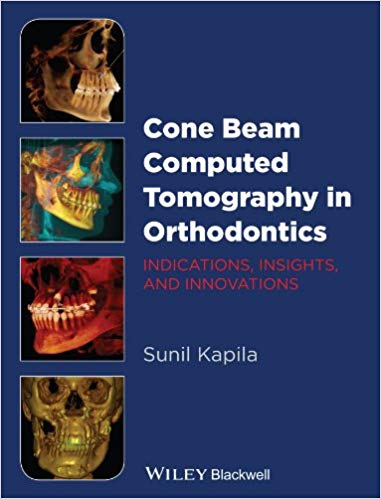
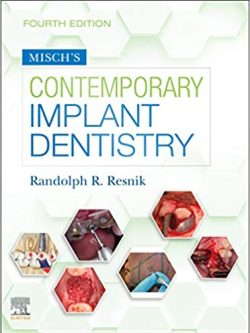
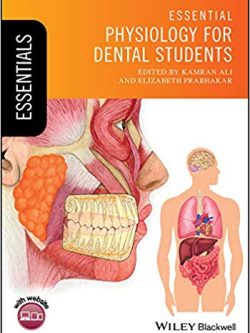
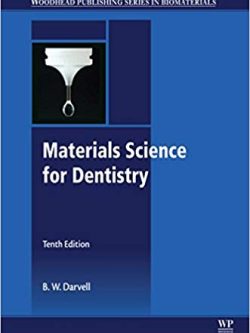
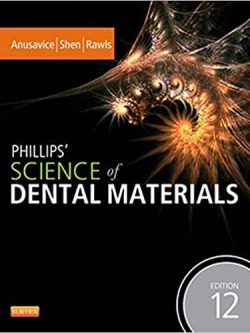




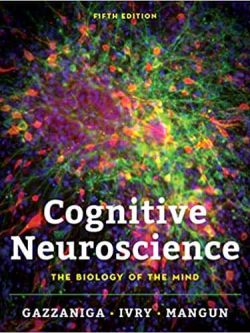



Reviews
There are no reviews yet.